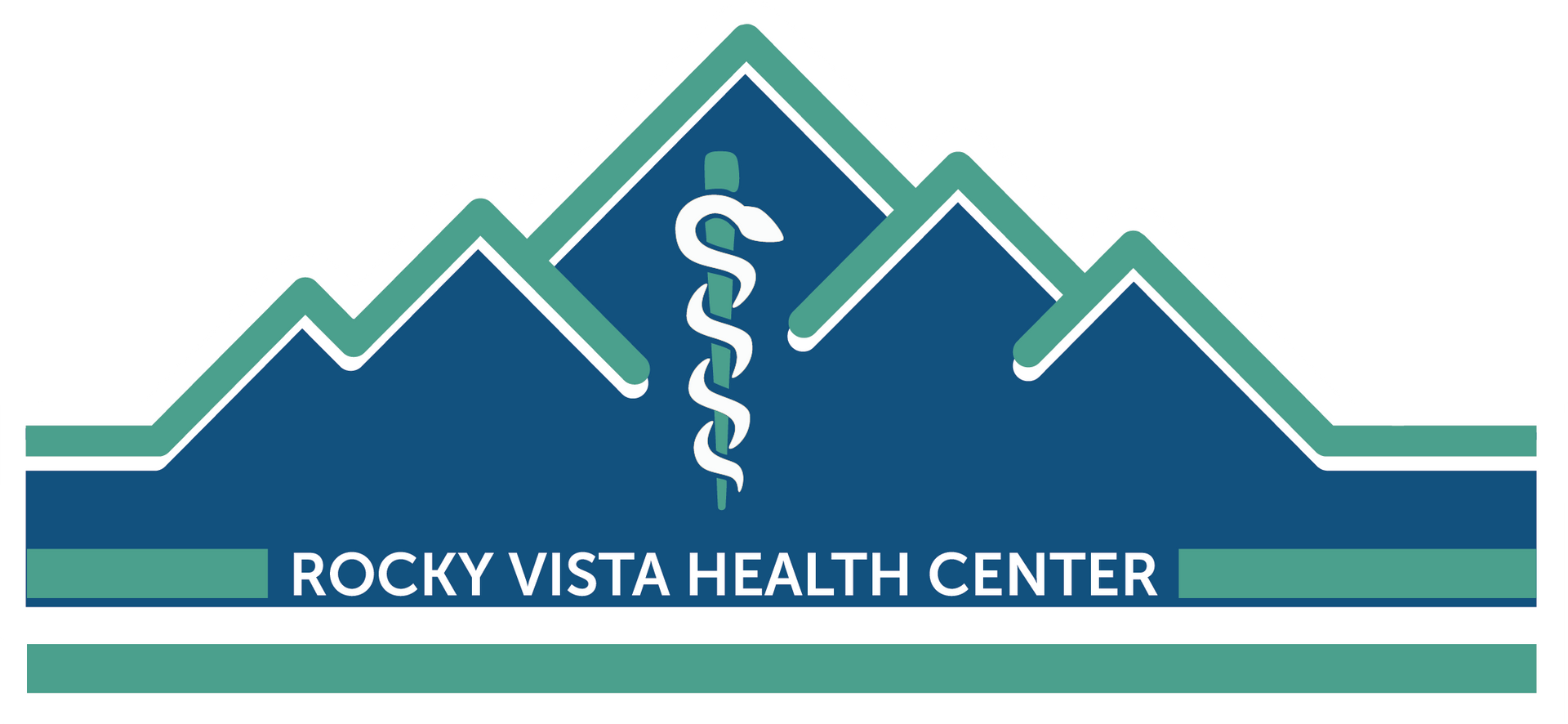Sports Medicine
Sports Medicine specifically caters to the medical needs of the athlete, from the casual jogger to the high-performance, competitive professional so those suffering from performing arts injuries. We help patients improve their body’s performance, recover from injury, and prevent future injuries. We also provide osteopathic manipulative medicine and physical fitness exams for student-athletes 16 and above.
Sports medicine is a dynamic field that integrates knowledge from such areas as general medicine, orthopedics, rehabilitation, exercise physiology, and nutrition to improve the overall health and function of the individual. Osteopathic physicians (DOs) specializing in sports medicine are additionally trained to integrate osteopathic manipulative medicine (OMM) into the treatment plan to improve the motion and function of the entire individual.
We basically use an integrative approach to help you “reach your peak” for optimum health, function, and performance. Sports medicine isn’t just for athletes. Its principles can be applied to all ages, including children, adults, and geriatric patients.
How can you benefit from working with Rocky Vista Health Center’s Sports Medicine Team?
Osteopathy looks at the body as a dynamic unit of function with structures and functions that are interrelated at all levels. Optimum health and performance require the integrated function of all of the various parts. A problem in one area, organ or system, will produce local and global effects.
For example, a simple ankle sprain can result in the transference of abnormal biomechanical forces to your knee and/or low back so that those areas are also compromised and predisposed to problems. Injuries and associated pain can also produce biochemical abnormalities that may negatively impact hormone function and alter neurotransmitters (brain chemicals).
To put it simply, the entire body is connected together and can be affected by multiple biomechanical, bioenergetics, and biochemical factors. OMM helps to optimize overall function and addresses the entire individual as a dynamic, synchronized, and integrated whole.
How can OMM improve human performance?
Gait abnormalities can increase the energy expenditure of walking by 300 percent. Increased energy expenditure affects your efficiency and may reduce endurance and speed. The abnormal biomechanical function increases stress on the body and predisposes to overuse injuries (repetitive microtrauma). Improving motion and function will allow your body to function more efficiently and with less biomechanical stress.
DOs don’t just treat bones.
We look beyond just the musculoskeletal system to include the visceral, craniosacral, and bioenergetic systems. We use OMM to improve motion and function over multiple planes and systems throughout the entire individual in an effort to optimize motion and function. Come and discover the Osteopathic difference!
Conditions that can be treated by our team:
- Concussions
- Performance anxiety and depression
- Neck, upper back, and low back sprains/strains
- Tailbone pain/contusions
- Herniated, bulging, and degenerative disks in the cervical, thoracic and lumbar spine
- Exercise-induced asthma
- Mildly-elevated blood pressure (pre-hypertension)
- Paroxysmal supraventricular tachycardia
- Stingers and burners
- Thoracic outlet syndrome
- Carpal tunnel syndrome
- Ulnar nerve compression
- Stress incontinence
- Common colds/upper respiratory infections
- Temporomandibular joint dysfunction
- Low-grade (I-III) acromioclavicular (AC) separations
- Rotator cuff tendonitis
- Partial rotator cuff tears
- Biceps tendonitis
- Frozen shoulder
- Lateral epicondylitis (tennis elbow)
- Medial epicondylitis (golfer’s elbow)
- Radial tunnel syndrome
- Sternoclavicular joint pain/dysfunction
- Costochondritis
- De Quervain’s tenosynovitis
- Groin strains/pulls
- Hip bursitis
- Mild hip arthritis
- Piriformis syndrome
- Quadriceps and hamstring strains
- Knee bursitis
- Meniscal tears
- Partial knee ligament tears
- Patellofemoral pain
- Patellar tendonitis (jumper’s knee)
- Osgood-Schlatter disease
- Mild knee arthritis
- Calf strains
- Achilles tendonitis
- Sever’s disease
- Plantar fasciitis
- Tarsal tunnel syndrome
- Ankle sprains (including high ankle sprains)
- Metatarsalgia
